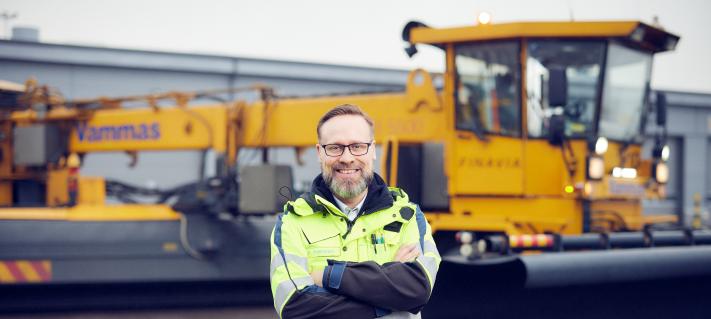Have you paid attention to the small plane hanging from the ceiling at Helsinki Airport’s Terminal 2?
Next time you pass by, take a good look. This aircraft is not just any old toy plane, but a real superstar of Finnish aviation history. We put together a few facts about Junkers A50 Junior plane, and its pilot, Väinö Bremer.
1. Junkers A50 Junior was a cutting-edge sport plane of its time
The 7-meter-long Junkers A50 was the first all-metal sport aircraft of its time, covered with a corrugated duralumin sheet. It was designed by Hermann Pohlmann and was manufactured by the German company Junkers Flugzeugwerke AG. Though it was an effective small plane with good structural features, in the end only 50 aircrafts of this model were ever sold.
2. Flown by Captain Bremer, A50 Junior travelled from Helsinki to Cape Town and around the world
The Junkers A50 Junior at Helsinki Airport became world famous during the 1930s because of the record flights made by Captain Väinö Bremer, a Finnish air force officer and commercial pilot for aviation company Aero, now Finnair.
In the early ’30s, Bremer acquired the two-seater Junkers plane, nicknamed “Junnu,” and made headlines with three lengthy trips: around Europe in 1931, from Helsinki to Cape Town and back in 1932, and finally around the world in 1933, though the plane and pilot crossed the big oceans aboard a ship.
3. Junnu and Bremer made it through many trials together
The record flights made Bremer and his A50 Junior popular, but the long trips were also full of great trials. For instance, in Germany, Bremer feared flying into chimneys in a thick fog and in the Middle East, sandstorms made flying conditions infernal.
Often, due to faulty maps and tough weather conditions, airfields were difficult to find and land in. An excerpt from Bremer’s autobiographical book, Flying over Four Continents:
“I had been flying for over eleven hours in a go, and had enough petrol for a maximum flight of 12 hours – in other words I had an hour left. If I didn’t find the Abercorn airfield within the hour, I would have to land in unknown territories, possibly full of crocodiles and other wild animals – and I had no idea whether I’d be flying over mountains or marshes.”
More information about and stories of the travels of Bremer and Junnu can be found on Facebook.
4. The plane’s registration is dedicated to Bremer’s wife Astrid
The unique registration identifier of Bremer’s A50 Junior, OH-ABB, hides a dedication to the captain’s wife. The first part, OH, is the international identifier for Finnish planes, while AB are Astrid Bremer’s initials.
“They are there to remind me of my wife’s participation in all my flight planning and operations – without her encouragement and moral support I could not have made it through my long flights,” Bremer has stated.
The last B in the registration refers to the fact that A50 Junior was Bremer’s second aircraft.
5. Junkers A50 Junior came to Helsinki Airport in 1976
The air force acquired Bremer’s aircraft for wartime use in 1939.
After Bremer himself passed away in an aviation accident, OH-ABB ended up in Sweden, but was bought back to Finland in 1967 with a civil funding campaign. As late as the early 1970s it still took part in aviation showcases and exhibits.
In 1976, the Junkers A50 Junior, nowadays owned by the Finnish Aviation Museum, ended up on display at Helsinki Airport. Since then, it has been reminding passengers of the fascinating history of Finnish aviation.
Junkers A50 Junior characteristics:
Crew: max. two
Length: 7.12 m
Wingspan: 10.02 m
Height: 2.40 m
Empty weight: 360 kg
Maximum speed: 172 km/h
Range: 600 km
Service ceiling: 4,600 m
You can find OH-ABB plane at the departure hall of Terminal 2. More information about Finnish aviation available at Finnish Aviation Museum (Karhumäentie 12, Vantaa).
Do you want to read more about the history of Helsinki Airport?



